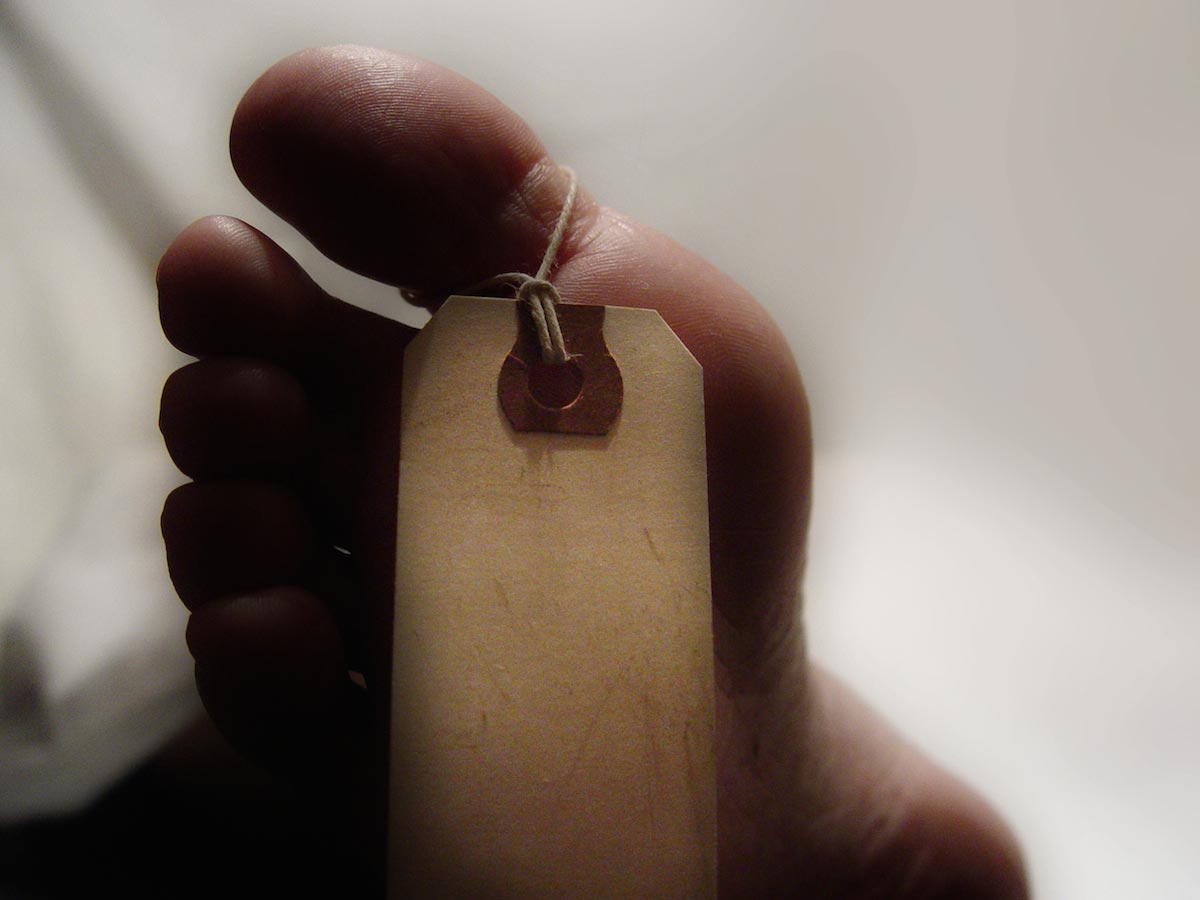Study: Half an hour of gardening provides same health benefits as weight training, reduces risk of early death by 20%
01/03/2023 / By Zoey Sky

Keeping your bones and muscles healthy in your senior years is not only important for your mobility, it can also help slow down aging.
Gardening is sometimes recommended as a low-intensity workout for people who require gentler activities. According to a study, working in your garden for at least 30 minutes can help you live longer and is just as good for your health as doing hundreds of push-ups, sit-ups or squats.
Since the average adult can do 10 push-ups per minute, you need to do at least 300 per week. But for older adults who are not physically fit, experts recommend heavy gardening, which involves activities like digging and shoveling.
The study was conducted by Japanese researchers from Tohoku University who analyzed over a dozen international studies.
The researchers discovered that engaging in 30 to 60 minutes of strength training per week can help prevent early death by as much as 20 percent. This could include muscle-building activities like lifting weights and using body weight and resistance bands or simply digging and shoveling in the garden.
The research team added that the health benefits are greater when looking specifically at the risk of death from health problems such as cancer, diabetes and heart disease.
The study authors acknowledged there was “no conclusive evidence” that engaging beyond one hour of muscle-strengthening activity could reduce the risk any further. However, combining muscle strengthening and cardio exercises may increase the protective benefit. (Related: Study suggests gardening helps promote mental health, positive body image.)
Muscle strengthening should be part of your exercise routine
Experts also suggest taking part in muscle-strengthening activities as part of your regular exercise. The National Health Service (NHS) recommends people do muscle-strengthening activities at least two days a week and 150 minutes of moderate aerobic activity, such as brisk walking.
Findings from earlier studies suggest that muscle strengthening was associated with a lower death risk.
The Tohoku researchers set out to confirm what the potential “optimal dose” might be by reviewing 16 studies on the potential life-extending benefits of muscle strengthening. The academic papers followed adult volunteers with no prior major health issues for at least two years.
Many of the studies were from the U.S., with some conducted in Australia, Japan and the U.K. The longest study was conducted for 25 years and the sample size of the research varied between 4,000 to at least 480,000 participants.
All of the studies considered aerobic exercise or other types of physical activity that the volunteers were doing along with the muscle-strengthening activity. The study showed that adults who exercised for at least 30 minutes a week had between a 10 to 20 percent lower risk of death over the study time frame. However, this benefit did not include certain types of cancer such as bowel cancer, kidney cancer and cancer of the bladder or pancreas.
When analyzing deaths related to diabetes, engaging in muscle-strengthening activity for at least one hour per week was found to significantly reduce the risk of death. However, the benefits started to taper off after 60 minutes.
The researchers emphasized that the benefits were greatest when muscle strengthening was combined with 150 minutes of aerobic exercise weekly. This resulted in a death risk reduction of at least 40 percent from any cause, 46 percent from cardiovascular disease and 28 percent from cancer.
Dr. Haruki Momma, the lead author of the study, said the results suggest the potential health benefits of combing weight and aerobic exercise.
“The combination of muscle strengthening and aerobic activities may provide a greater benefit for reducing all-cause, cardiovascular disease, and total cancer mortality,” explained Momma.
He added the current data is limited and more research on diverse populations than the ones the team observed can help “increase the certainty of the evidence.”
The authors also acknowledged that the studies were based on participants self-reporting their exercise levels which could be unreliable. The experts also said the majority of the studies were from the U.S., which suggests that the findings may not be applicable to other populations.
The study results were published in the British Journal of Sports Medicine.
Workouts that promote weight loss
Try these activities if you need help losing weight.
Bodyweight training
Bodyweight training is a great activity if you don’t have time to go to the gym. You can burn calories and build stronger muscles by exercising for 10 to 15 minutes.
Try doing five incline push-ups against a surface that let your body be at an incline, like a bathroom sink. You can also do five chair squats and five walking lunges or a set of stationary lunges holding onto a countertop for support.
Repeat the sequence two to three times.
Chair workout
If you are unable to stand for long periods, grab a sturdy chair and complete 10 to 15 minutes of movement with a seated workout several times a week.
Dancing
If you love dancing, listen to your favorite songs and dance for 15 to 30 minutes. You don’t need to follow specific choreography. Just make sure you move to the music.
Shadowboxing
If you don’t like dancing, try shadowboxing at home. This activity doesn’t require equipment and can also help you destress.
Stair climbing
If you normally use the elevator at work, use the stairs instead and walk for at least 10 minutes every day. If you don’t have a staircase available, use a step or platform.
Biking
If you have a bicycle, ride it around the neighborhood. Alternatively, you can cycle on a continuous path and keep pedaling for 20 to 30 minutes without stopping for lights and traffic.
Walking
Lastly, walking is a low-impact activity that you can enjoy for 30 minutes. This counts as your daily exercise.
Walk slowly for five minutes, pick up your pace for 20 minutes, then cool down and slow down again for five minutes.
Exercise regularly and enjoy activities like weight training or gardening to improve your longevity.
Watch the video below to know more about the four ways gardening can benefit your mental health.
This video is from the Food Forest Abundance channel on Brighteon.com.
More related stories:
Study: Walking for an extra 10 minutes daily can increase your life expectancy.
Prepper fitness: Exercise regularly so you can survive in a post-SHTF world.
At least 75% of American teenagers are NOT getting enough daily exercise, warn researchers.
Sources include:
Submit a correction >>
Tagged Under:
aerobic exercise, aging secrets, alternative medicine, anti-aging, cardio exercise, early death, exercise, fitness, gardening, heart health, longevity, natural health, natural medicine, physical activity, premature death, prevention, research, strength training
This article may contain statements that reflect the opinion of the author





















